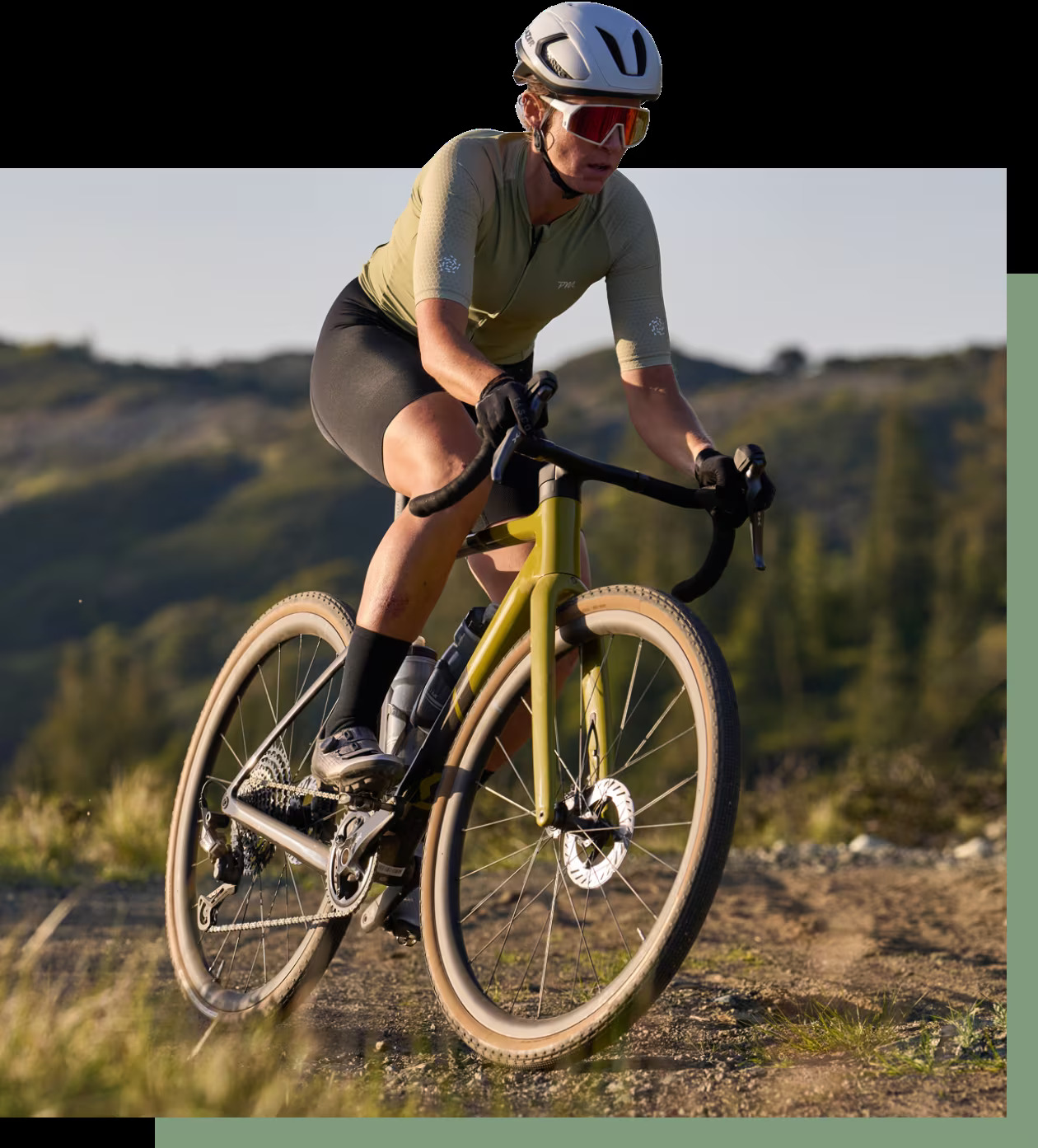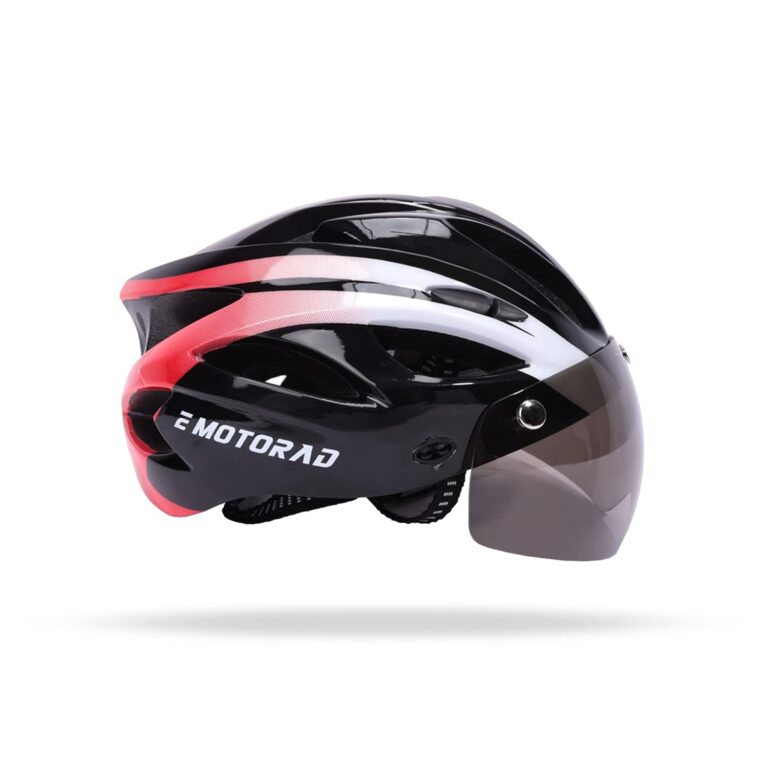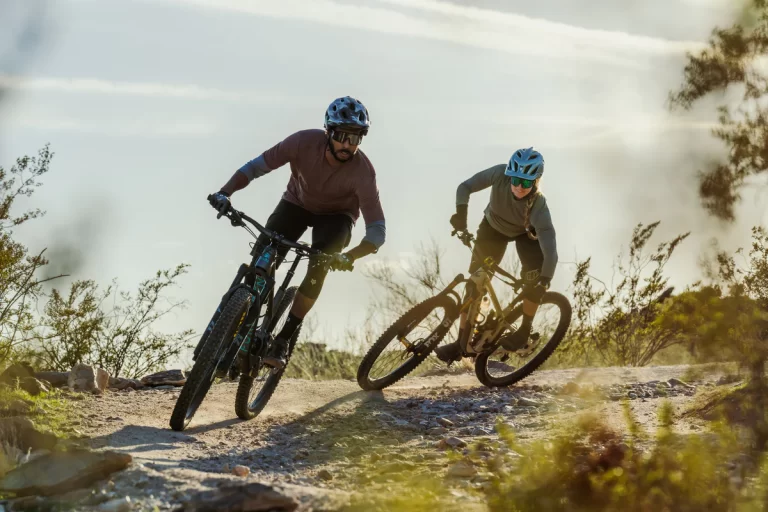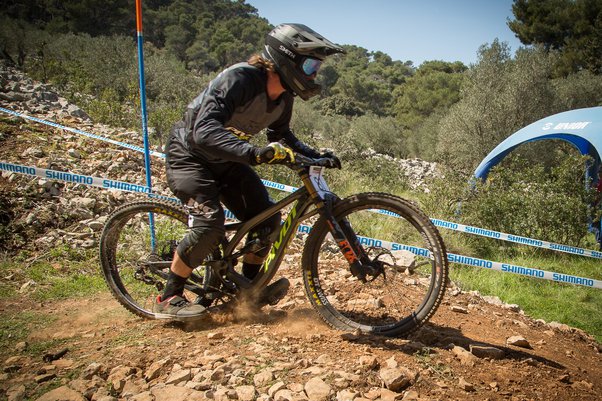Upgrading Your Gravel Bike Helmet: A Cyclist’s Guide

Key Point Summary of Upgrading Your Gravel Bike Helmet
- Assessing Helmet Needs: Identifying what you need in a helmet upgrade based on your cycling habits.
- Latest Helmet Features: Exploring new and advanced features in modern gravel helmets.
- Making the Right Choice: Tips on selecting the right helmet for your riding style and comfort.
Having gained extensive experience as a master cyclist in various disciplines such as mountain biking, gravel biking, and cyclocross, I’ve come to understand the substantial impact that gear upgrades, especially helmets, can have on your cycling experience. This guide is designed for cyclists at the beginner to intermediate level, and it will delve into the intricacies of upgrading your gravel bike helmet. I’ll be sharing this journey with you, enriched by personal stories and insights from my own experiences.
Understanding When to Upgrade
Knowing When It’s Time
Helmet upgrades go beyond just addressing wear and tear; they’re about leveraging advancements in technology and enhanced features for a better ride. If your helmet is outdated, say a few years old, it might be lacking in modern advancements that could significantly improve your riding experience.
My decision to upgrade came when I realized that the newer helmets offered vastly superior ventilation and were made from lighter materials. This upgrade proved to be a game-changer, particularly on long, demanding rides where comfort and endurance are key.
Exploring Helmet Features
Modern gravel helmets are a blend of innovation and comfort. Key features to look for include:
- Improved Ventilation: Newer models promote better airflow, crucial for keeping cool and comfortable during intense rides.
- Enhanced Comfort: Adjustable fit systems and improved cushioning are essential for a snug, headache-free fit.
- Integrated Technology: Features like Bluetooth for music and calls, and crash sensors that alert in case of an accident, are becoming increasingly popular.
- Better Protection: Look for safety features like MIPS (Multi-directional Impact Protection System), which offers superior protection against the rotational forces experienced in a crash.
Selecting the Right Helmet
When choosing your upgrade, consider:
- Fit and Comfort: A well-fitting helmet is paramount for safety and comfort.
- Weight: Lighter helmets can reduce strain on your neck, making long rides more enjoyable.
- Style: Helmets come in various designs – choose one that reflects your style.
- Budget: Invest in the best helmet you can afford, balancing cost with the features you value most.
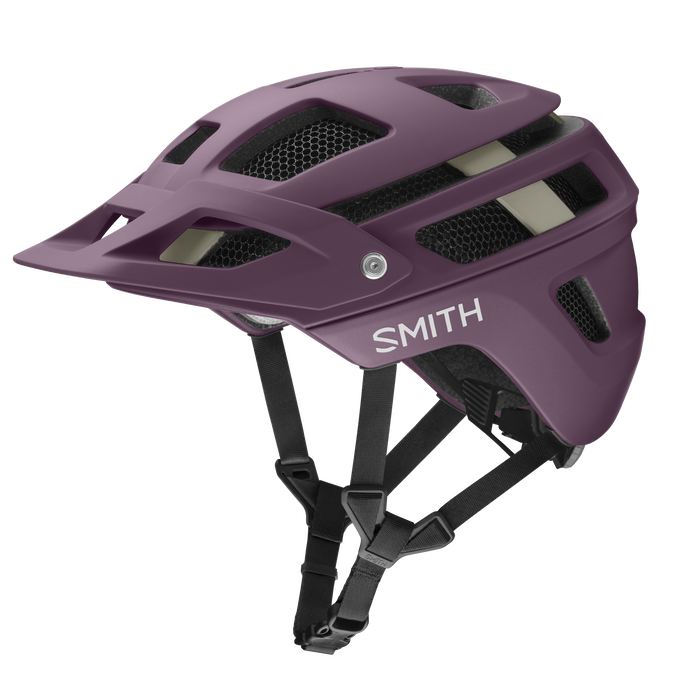
Helmet Recommendations for Upgrade
Consider helmets like the Smith Optics Forefront 2 or the POC Octal X Spin. These models are known for their advanced features, including superior ventilation, lightweight construction, and integrated safety technologies.
My Helmet Upgrade Journey
In my quest for an upgrade, I prioritized better ventilation and a lighter design. After testing various models, I chose a helmet that not only fit perfectly but also featured an integrated light for increased visibility, a feature I initially hadn’t considered but now find indispensable.
FAQ
Why do MTB helmets have peaks?
Mountain bike (MTB) helmets have peaks, similar to gravel helmets, to shield the rider’s eyes from sun, rain, and low-hanging branches, enhancing visibility and protection while riding on trails.
How can I make my bike helmet fit better?
To make your bike helmet fit better, adjust the sizing pads or dial at the back of the helmet for a snug fit, ensure the straps form a ‘V’ around your ears, and adjust the chin strap so it’s comfortably tight.
What helmet do you wear on a gravel bike?
On a gravel bike, it’s best to wear a helmet specifically designed for gravel or road cycling, which offers good ventilation, a comfortable fit, and, ideally, features like MIPS for added safety.
Final Thoughts
Upgrading your gravel bike helmet is an investment in your safety and overall riding experience. By focusing on factors such as ventilation, weight, comfort, and safety features, you can select a helmet that not only offers protection but also enhances your riding comfort and performance. The ideal helmet is one that meets your unique needs and instills confidence and comfort in every ride.
The right helmet is more than just protective gear; it’s a vital component that complements your cycling journey, ensuring every ride is safe, comfortable, and enjoyable.
John
